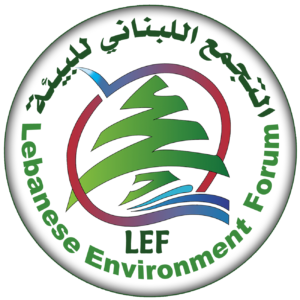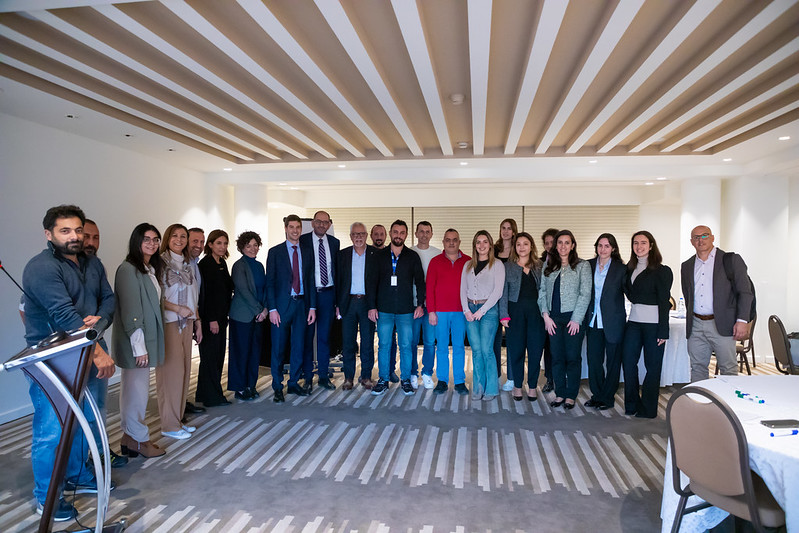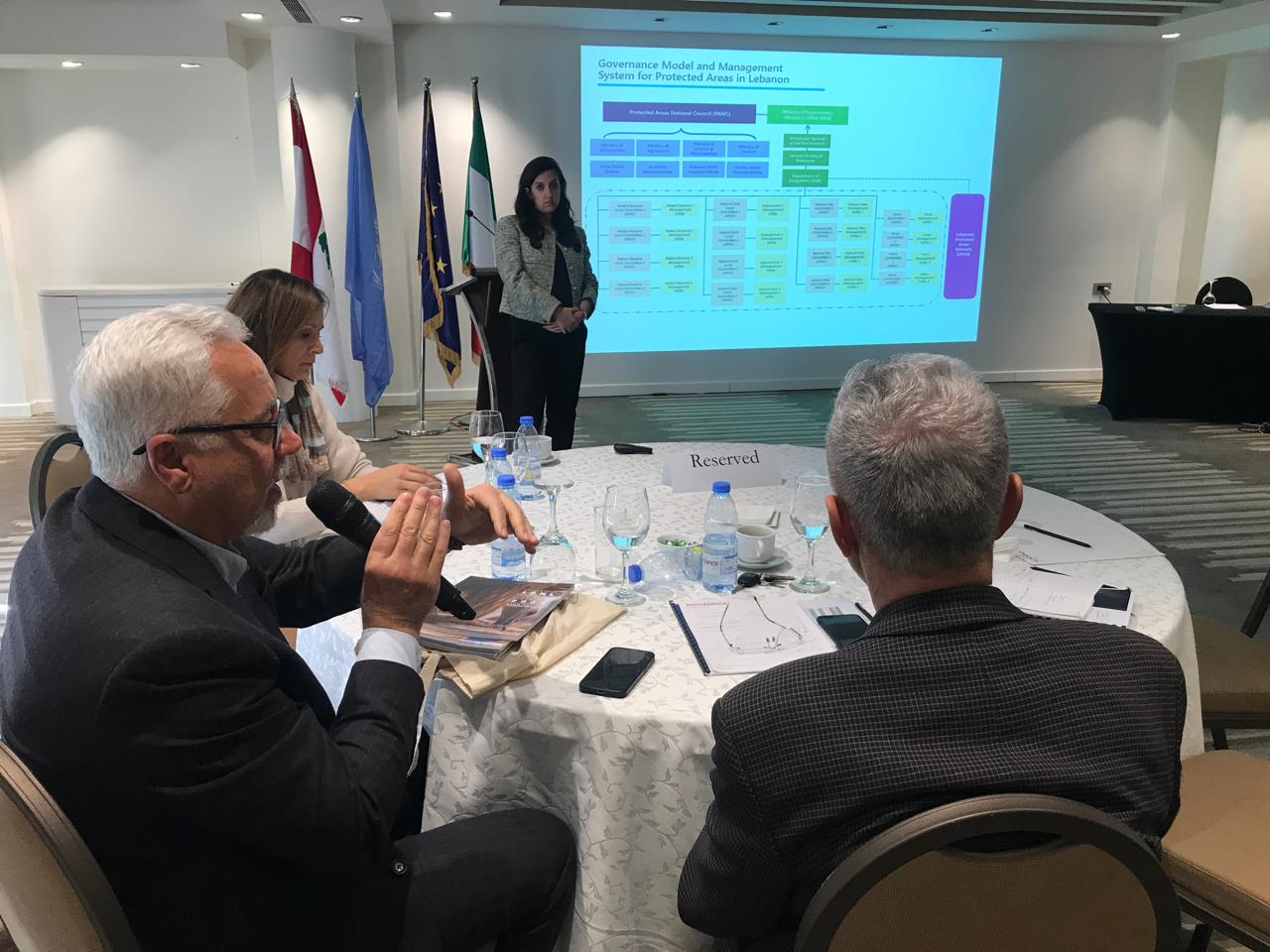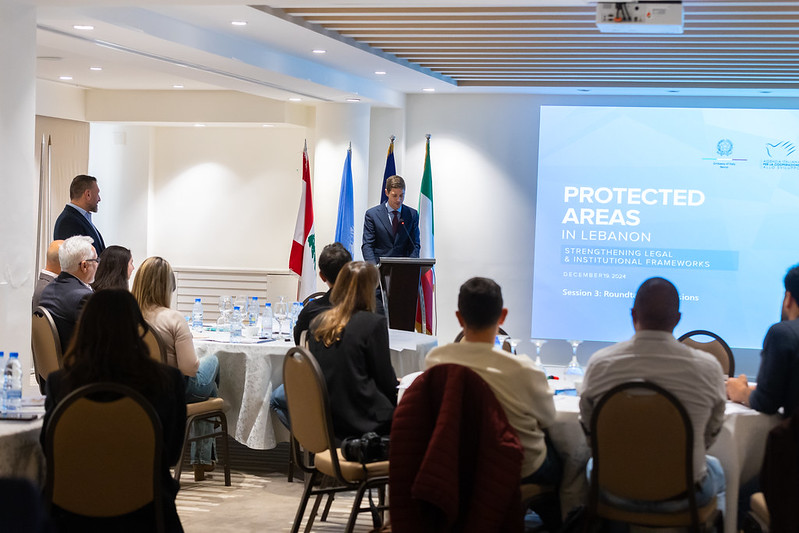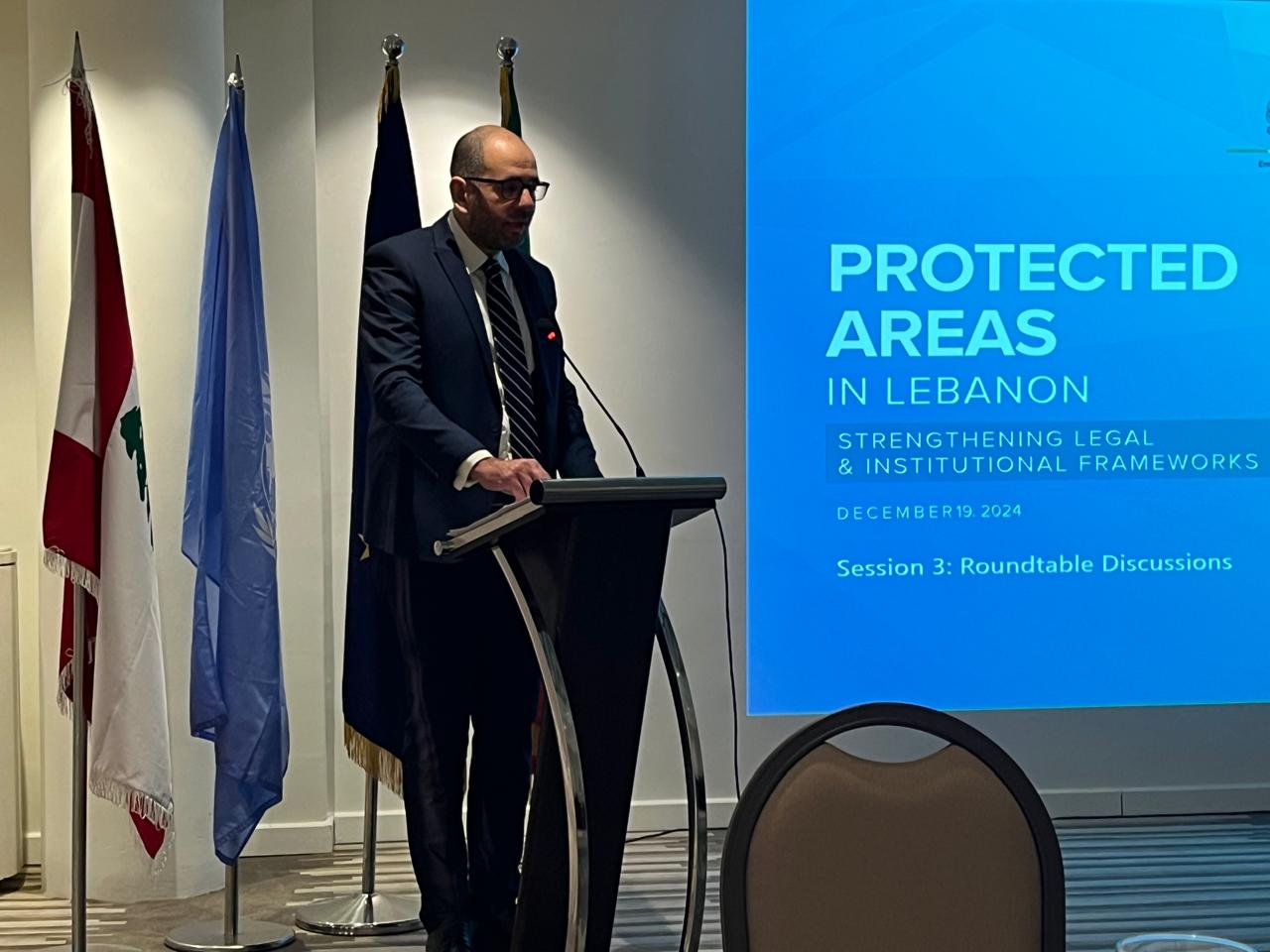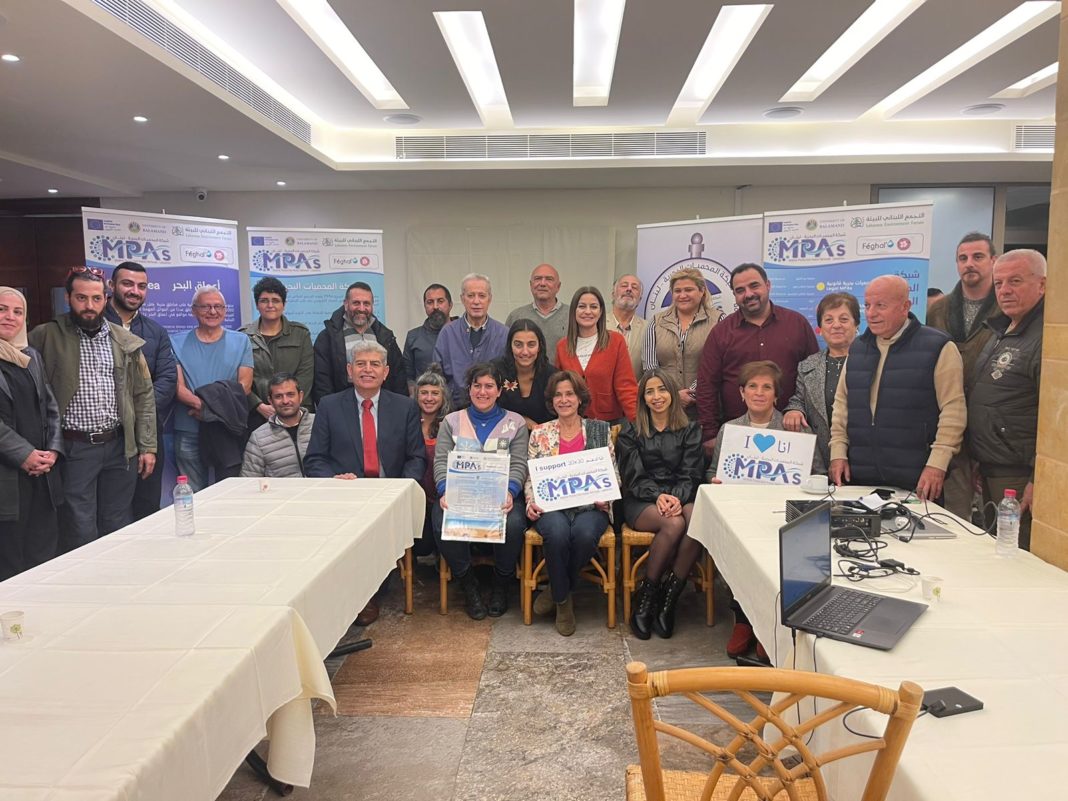The United Nations Development Programme (UNDP), the Ministry of Environment, the Embassy of Italy in Lebanon, and the Italian Agency for Development Cooperation (AICS) organized a workshop aimed at enhancing the legal and institutional frameworks governing Lebanon’s protected areas.
The event brought together a broad spectrum of participants, including government representatives, legal and environmental experts, civil society organizations, and community stakeholders. The primary objective was to evaluate existing governance structures, identify areas for improvement, and chart a course toward enhanced management and conservation practices for protected areas.
The workshop adopted a participatory approach to explore Lebanon’s legal and institutional frameworks for the establishment and management of Protected Areas. Discussions centered on a proposed policy brief, governance structures, and expert roundtables focused on Nature Reserves, Natural Parks, Natural Sites, and Himas.
Notably, the workshop featured contributions from Mr. Assad Serhal, Founder and Chairman of Homat Al Hima International (HHI) and Director General of the Society for the Protection of Nature in Lebanon (SPNL), who highlighted the pivotal role of Hima protected areas in fostering sustainable, community-based conservation. Meanwhile, Mr. Malek Ghandour, President of the Lebanese Environment Forum, emphasized the critical importance of marine protected areas in safeguarding Lebanon’s marine biodiversity and ecosystems.
Dr. Georges Mitri, representing the Minister of Environment, H.E. Dr. Nasser Yassin, emphasized that “the Ministry of Environment is deeply committed to conserving Lebanon’s biodiversity. While the current law is adequate, evolving challenges call for building upon it to ensure future improvements. This includes developing clear, specific guidelines and establishing effective mechanisms to define and monitor violations.”
Mr. Assad Serhal, Founder and Chairman of Homat Al Hima International (HHI) and Director General of the Society for the Protection of Nature in Lebanon (SPNL), highlighted the pivotal role of Hima protected areas in fostering sustainable, community-based conservation.
Mr. Pietro Eynard, the first Secretary at the Italian Embassy in Beirut, representing H.E. The Ambassador of Italy in Lebanon Fabrizio Marcelli, explained that “protecting nature is not just an ecological necessity; it is also an economic opportunity. By investing in biodiversity and nature reserves, we empower local communities to generate income and develop innovative models of sustainable tourism.”
To preserve the resilience of nature reserves in Lebanon, as articulated in the Ministry of Environment’s 2016 National Biodiversity Strategy and Action Plan, UNDP, with funds from the Ministry of Foreign Affairs and International Cooperation of the Italian Republic through the Italian Agency for Development Cooperation (AICS), is implementing the Step4Nature project, in partnership with the Ministry of Environment. This initiative aims to safeguard, enhance, and improve nature reserves in Lebanon from institutional, socio-economic, and technical perspectives.
While research and infrastructural improvements for nature reserves are critical, they are not sufficient on their own. Effective governance and management structures, supported by robust legal frameworks and policies, are also essential to ensure the sustainability of these protected areas.
Ms. Jihan Seoud, Energy and Environment Programme Manager, representing Ms. Blerta Aliko, Resident Representative of UNDP Lebanon, stated that: “Environmental governance is essential in Lebanon, especially for the protection of its rich natural areas and its unique biodiversity. Through initiatives like Step4Nature, and with donors like the Government of Italy, and with the Ministry of Environment and its partners, we work to advance sustainable management practices of natural resources, align with global biodiversity commitments, and support the update of Lebanon’s national strategy for protected areas.”
Within this context, and in addition to research and infrastructural improvements for nature reserves, UNDP is also working on enhancing the governance and management of protected areas in general and nature reserves in particular. This includes conducting detailed assessments and performance reviews of the existing mechanisms, proposing improvements, and proposing revisions to the legislation and policies to the Ministry of Environment. These efforts will support the update of the national strategy for protected areas, aiming to strengthen Lebanon’s governance structure and legal framework for nature reserves.
This work aligns with Lebanon’s commitments under the Convention on Biological Diversity (CBD) and contributes to the implementation of the Kunming-Montreal Global Biodiversity Framework (GBF) by fostering sustainable management and enhanced governance of protected areas. It directly supports the achievement of the GBF Target 3, which emphasizes the effective conservation and management of 30% of terrestrial and marine areas by 2030.
The Protected Areas (PA) Framework Law 130/2019: An Overview
Adopted in 2019, the Protected Areas (PA) Framework Law 130/2019 defines four categories of protection: Nature Reserves (NR); Natural Sites (NS); Natural Parks, and Himas, with a provision for any other protection category to be set and organized by virtue of a decree. Law 130/2019 also establishes the legal mechanism for declaring each of these four categories of protection, while detailing management issues in relation to Nature Reserves only. The law foresees a minimum of five application decrees and two ministerial decisions, none of which have been adopted to date.
This law, consisting of 23 articles, aims to protect natural areas in Lebanon through their prevention and preservation, considered an essential pillar of rural development policy and ecotourism. Protected areas are divided into four main categories: (1) Nature Reserves, (2) Natural Parks, (3) Natural Landmark Sites, and (4) Himas. The Law also distinguishes between nature reserves located on public and private property, outlining specific guidelines for management and sustainable use.
By fostering collaboration and aligning efforts with global biodiversity frameworks, Lebanon is taking significant steps toward ensuring the resilience and sustainability of its protected areas.
